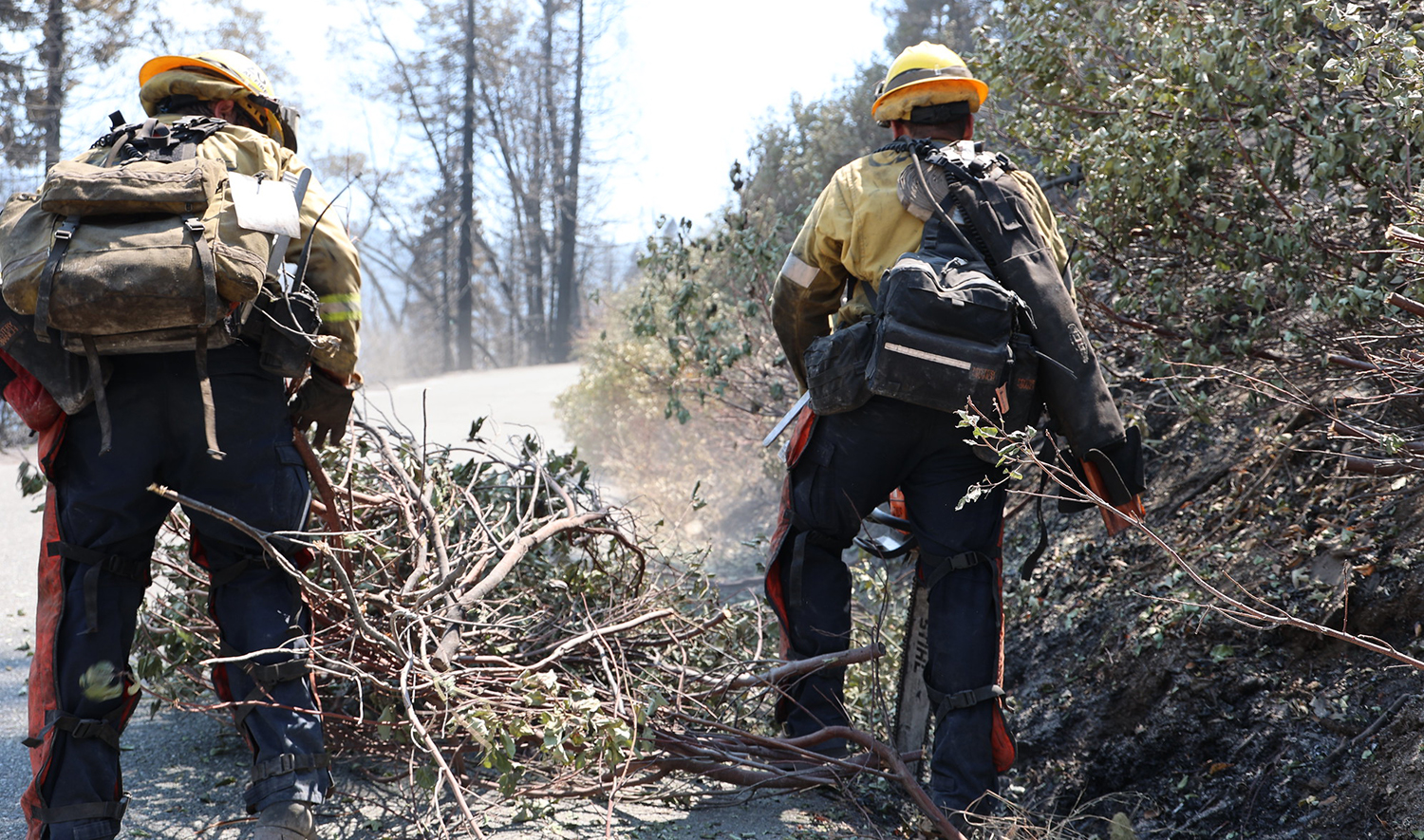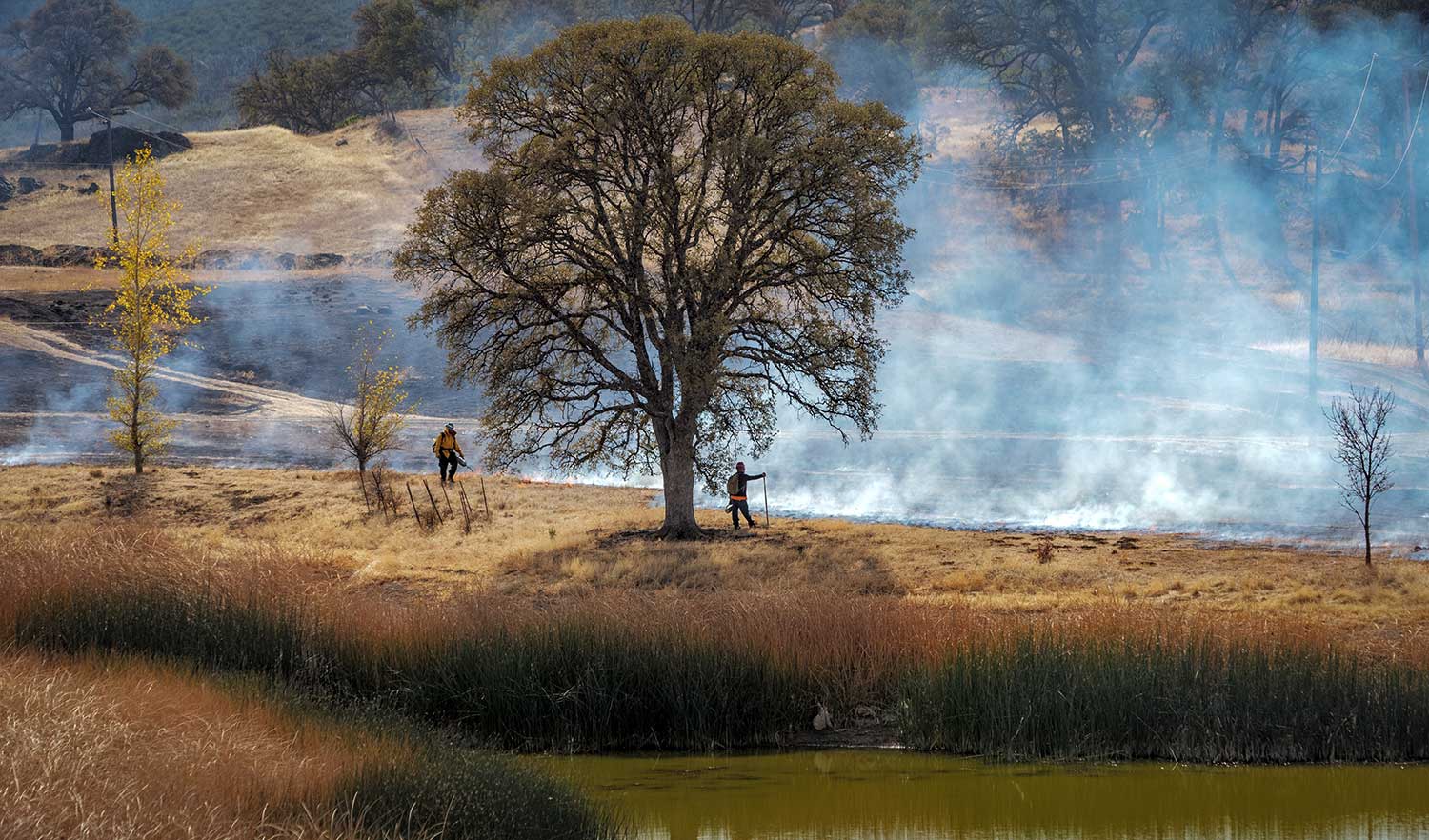CAL FIRE Funds 94 Wildfire Projects

CAL FIRE Funds 94 Wildfire Projects to Build Climate and Community Resilience
August 20, 2024 – CAL FIRE announced grants with $90.8 million in funding for 94 local wildfire prevention projects across California. Wildfire Prevention Grant projects include hazardous fuels reduction and wildfire prevention planning and education, with an emphasis on improving public health and safety while reducing greenhouse gas emissions.
Over two-thirds of the projects will go to communities that are low-income and disadvantaged. These grants bring CAL FIRE’s Wildfire Prevention Grants Program total funding to $450 million that have supported over 450 projects across the state which have collectively accelerated progress toward the goals of California’s Wildfire and Forest Resilience Action Plan.
New Website Offers a Deep Dive into Intentional Fire

New Website Offers a Deep Dive into Intentional Fire
July 25, 2024 – Intentionalfire.org, a new educational website from the Climate & Wildfire Institute, offers an immersive, interactive view into the use of intentional fire, including prescribed fire and cultural fire. The website provides concise and easy to understand information about the benefits and importance of intentional fire. It also features engaging audio and video clips, project case studies, and actionable steps for people to help advance intentional fire in their communities. Increased use of intentional fire is a critical component of California’s Strategic Plan for Expanding the Use of Beneficial Fire.
California National Forests Complete Record Number of Prescribed Fire Acres

California National Forests Complete Record Number of Prescribed Fire Acres
As of June 24, the USFS has treated 63,878 acres with prescribed fire on national forests in California. The previous record was set in 2018 when 63,711 acres were treated. USFS fire managers are using prescribed fire to reduce hazardous fuels and reduce threats to communities from extreme fires. Reintroducing fire also minimizes the spread of pest insects and disease, recycles nutrients back to the soil, and improves natural conditions for native flora and fauna.

